Hit Outside the Lines: Can I Still File a Claim If I Wasn’t in a Bike Lane?
Following a bicycle accident, it’s natural to question your rights if the incident happened outside a marked bike lane. In many situations, the answer is yes; you can still file a claim if you weren’t in a bike lane.
Your ability to make a bike accident claim outside a bike lane often depends on the specifics of your accident and local traffic regulations.
Table of Contents
ToggleBike Lanes and Your Rights as a Cyclist
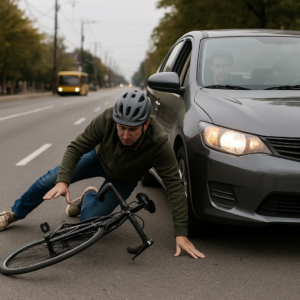
In many states, bicycles are generally considered vehicles, meaning cyclists often have the same rights and duties as drivers of motor vehicles. You usually have the right to be on the road, even if a bike lane isn’t present or you aren’t using one that exists.
Traffic laws aim to create a safe environment for everyone. These laws define where cyclists are to position themselves on the road. Sometimes, this is as far to the right as practicable and safe. However, there are numerous exceptions to this general rule.
When Bike Lanes Aren’t Available or Safe
Bike lanes aren’t available on every road. Sometimes, even when a bike lane is present, it might be unsafe. For instance, parked cars, debris, or construction might block a bike lane. It also might be poorly maintained, with potholes or an uneven surface, making it dangerous.
In situations where a bike lane is absent or unusable, cyclists generally have the right to ride on the main part of the road. You are often permitted to “take the lane” or ride in the center of a travel lane if it’s too narrow for a bicycle and a vehicle to share safely side-by-side.
Does Being Outside a Bike Lane Mean I’m At Fault?
A common worry for cyclists involved in an accident outside a designated path is fault. Many fear that not using a bike lane automatically makes them responsible for the collision. This isn’t always true, and it’s a key point when considering filing a claim if you weren’t in a bike lane.
Determining fault in a bicycle accident is a detailed process and requires looking at the actions of everyone involved and the specific circumstances of the incident. Even if you were not in a bike lane, another party, like a motorist, might bear primary responsibility. If a driver was negligent, for instance, by speeding or being distracted, their actions might be the leading cause of the accident.
How Insurance Companies View Accidents Outside Bike Lanes
Insurance companies often look for ways to minimize payouts. Doubting your case and asking yourself, “Can I still file a claim if I wasn’t in a bike lane?” plays into their favor.
If you were on your bicycle outside a bike lane during an accident, an adjuster might initially suggest you share some fault. They might try to argue that your position on the road contributed to the accident.
However, an insurer’s initial stance isn’t the final word. Their assessment must be based on facts and applicable laws. They need to consider whether you had a legitimate reason for not being in the bike lane.
Factors That Determine Fault in a Bicycle Accident
Several elements contribute to determining who is at fault in a bicycle accident. These factors are evaluated to get a full picture of the event.
Here are some common factors:
- Driver Negligence: Drivers are negligent when they violate traffic laws, drive impaired, get distracted, or fail to yield to cyclists.
- Your Adherence to Traffic Laws: Did you violate the rules of the road, such as signaling intentions or having required lighting at night? Even so, not being in a bike lane is not, by itself, a violation that negates a claim.
- Road and Environmental Conditions: The state of the road, visibility, weather, and presence or absence of traffic signals or signs also play a role. For example, a hidden pothole might have caused you to swerve.
What Affects Your Bicycle Accident Claim?

Several elements influence the outcome of a bicycle accident claim. These factors become very relevant if you’re pursuing a claim after being hit on a bike outside a bike lane. They help paint a complete picture for insurance companies and legal proceedings.
State Laws on Bicycle Operation
State laws define cyclists’ rights and duties. For instance, Florida law generally requires bicyclists to use a bike lane if one is available, but provides several exceptions. These exceptions include making a left turn, avoiding a hazard, or if the lane is substandard.
If an exception applies, riding outside the bike lane is permissible.
Similarly, Washington also has specific rules for cyclists. Washington generally requires cyclists to ride as far to the right as is safe. However, cyclists can take the full lane when necessary for safety, such as when a lane is too narrow to share or when preparing for a left turn.
These state-specific regulations are central when wondering, “Can I still file a claim if I wasn’t in a bike lane?”
The Other Party’s Actions
The behavior of the motorist, or any other party involved, is a large factor in your claim. If a driver was texting, speeding, or failed to yield, their negligence is a key element. Proving this negligence strengthens your position.
Evidence like witness statements or traffic camera footage often demonstrates a driver’s fault. Even if you were cycling outside a bike lane, if the other party broke a traffic law and caused the crash, they may be held responsible.
Drivers’ actions are scrutinized just as much, if not more, than your own position on the road.
The Details of the Accident Scene
The physical circumstances of the accident scene provide valuable clues. Consider these common details:
- Police Report Entries: The official report from the responding law enforcement officers offers an initial account, diagrams, and any citations issued.
- Witnesses: Independent accounts from people who observed the accident can offer unbiased perspectives on what happened.
- Visual Evidence: Photographs or video footage of the accident scene, vehicle damage, road conditions, and any injuries you sustained serve as direct proof and help reconstruct the event.
How a Lawyer Helps With Your Bicycle Accident Claim
Navigating the following steps after a bicycle crash is challenging, especially if there are questions about liability because you weren’t in a bike lane. A lawyer provides valuable assistance throughout the claim process. They work to protect your rights and seek fair compensation.
When you’re already dealing with recovery, handling legal complexities is an added burden. A bike accident lawyer offers the support and knowledge you need.
Investigating Your Accident
A lawyer thoroughly investigates the circumstances of your bicycle accident by gathering police reports and interviewing witnesses. They may even consult with accident reconstruction professionals.
This detailed investigation aims to uncover all contributing factors to the accident. Your lawyer will examine whether the bike lane was unsafe or if a driver acted negligently.
Dealing With Insurance Companies
Insurance adjusters aim to settle claims for the lowest amount possible, and they might try to use the fact that you weren’t in a bike lane against you. A bicycle collision lawyer understands these tactics and acts as your advocate, handling all communications with the insurance companies.
They present the facts of your case clearly, challenge any unfair attempts to assign you blame, and tell your side of the story.
Calculating Your Damages
After a bicycle accident, you may face various losses, including medical bills, lost wages from being unable to work, and damage to your bicycle. A lawyer helps accurately calculate the full extent of your damages.
Here are some types of damages a lawyer helps to calculate:
- Medical Costs: This encompasses everything (past and future) from emergency room visits and surgeries to ongoing physical therapy and medications related to your injuries.
- Lost Income and Earning Capacity: This compensation covers not only the wages you’ve already lost but also any reduction in your ability to earn money in the future due to your injuries.
- Property Damage Expenses: You may seek compensation for repairing or replacing your bicycle and any other personal property damaged in the accident, such as clothing or electronics.
Your lawyer also considers non-economic damages, like pain and suffering. This comprehensive calculation aims for a fair settlement that covers all aspects of your recovery.
Representing You in Negotiations or Court
Most bicycle accident claims settle through negotiations with the insurance company. A lawyer uses the evidence they’ve gathered and their negotiation skills to reach a fair settlement on your behalf. They argue why you’re entitled to compensation, even if you were not in a bike lane.
Your lawyer can take your case to court if a fair settlement is impossible. They represent your interests, presenting your case to a judge.
FAQ for Can I Still File a Claim If I Wasn’t in a Bike Lane?
What if There Wasn’t a Bike Lane or the Existing One Was Unsafe?
If there wasn’t a bike lane, you generally have the right to use the travel lane. If a bike lane existed but was unsafe due to obstructions, poor maintenance, or design flaws, you’re often justified in riding outside of it.
Does Being Outside a Bike Lane Automatically Mean I Am At Fault for the Accident?
Being outside the marked bicycle lane doesn’t automatically mean you’re at fault. Fault is determined by looking at all factors, including all parties’ actions and relevant traffic laws.
It’s essential to evaluate the entire context of the incident when questioning, “Can I still file a claim if I wasn’t in a bike lane?”
What if the Driver Says the Accident Was My Fault?
It’s common for drivers to try to shift blame, especially if you weren’t in a bike lane. However, a driver’s opinion doesn’t determine legal fault. An investigation into the accident, including traffic laws and evidence, will establish who was responsible. Their statement is just one part of the overall picture for your bike accident claim.
Even if you were partially at fault, you might still receive compensation. Many states, like Florida and Washington, use a comparative negligence system that might allow you to recover some damages even if you’re partially responsible.
What Steps Should I Take if I’m Unsure About Filing a Claim?
If you’re uncertain about your rights or the process of filing a claim, consider discussing your situation with a bicycle accident lawyer. They offer advice based on the details of your case.
An attorney can explain how the law applies to you and guide you on how to proceed if you want to explore your options for a claim.
Speaking with a lawyer doesn’t obligate you to file a claim, but it empowers you with the knowledge to make informed decisions about your next steps.
They can assess the strength of your potential case, identify liable parties, and explain the relevant state laws concerning bicycle accidents and negligence.
Find Clarity After a Cycling Accident
The moments after a bicycle accident are often confusing, especially if questions about your road position arise. Understanding your rights is the first step towards seeking the compensation you need.
If a negligent party injured you while you were riding and you’re concerned because you weren’t in a bike lane, Boohoff Law, P.A. is here to help. Our team is ready to listen to your story and explain your legal options.
Contact Boohoff Law, P.A. at (813) 445-8161 for a free consultation.
Free Consultation
We Are Here For You 24/7
Reviews
– Elissa M.
“Really pleased with Boohoff Law! Received immediate responses when I had any questions. Treated amazingly by all staff … made this process a true breeze!”
– Caitlyn M.
– Brandy K.
Related Posts
I Was Partially At-Fault in a Rear-End Crash. Can I Still Get Compensation in Florida?
I Was a Passenger in an Uber Accident. What Are My Rights?
What Damages Can I Recover After a Jackknife Truck Accident?
Recovery is personal.
We’re here for you.
We’re close by. And if you can’t make it to us, we’ll meet you where you need us, at home or in the hospital.
You're better off with Boohoff.
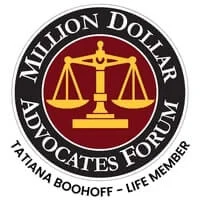

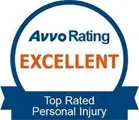
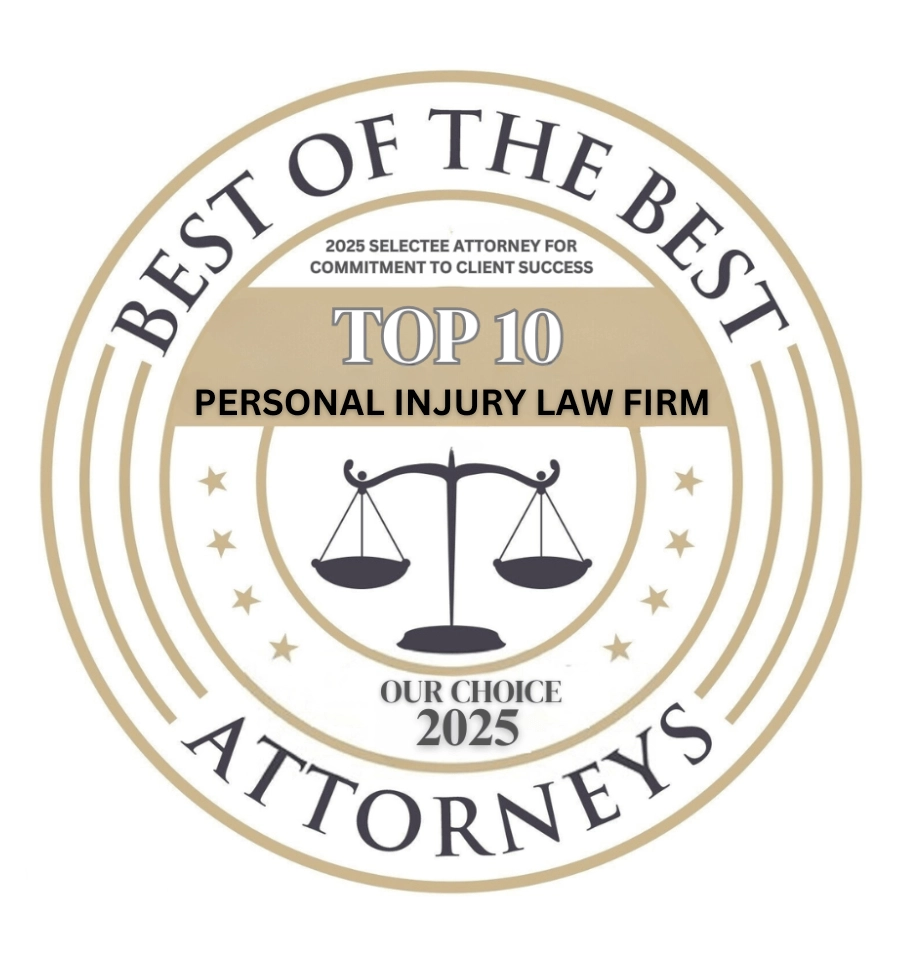
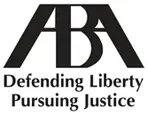
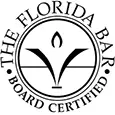





The information on this website is for general information purposes only. Nothing on this site should be taken as legal advice for any individual case or situation. This information is not intended to create, and receipt or viewing does not constitute, an attorney-client relationship.
available 24/7
(877) 999-9999
